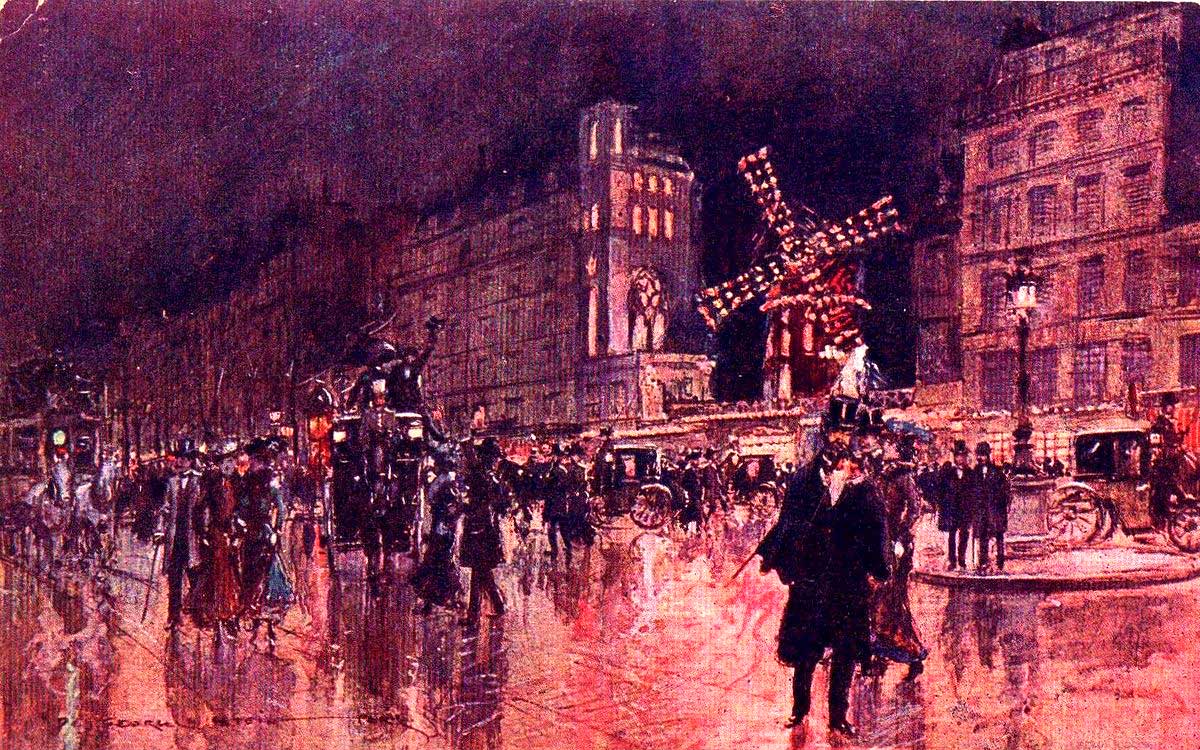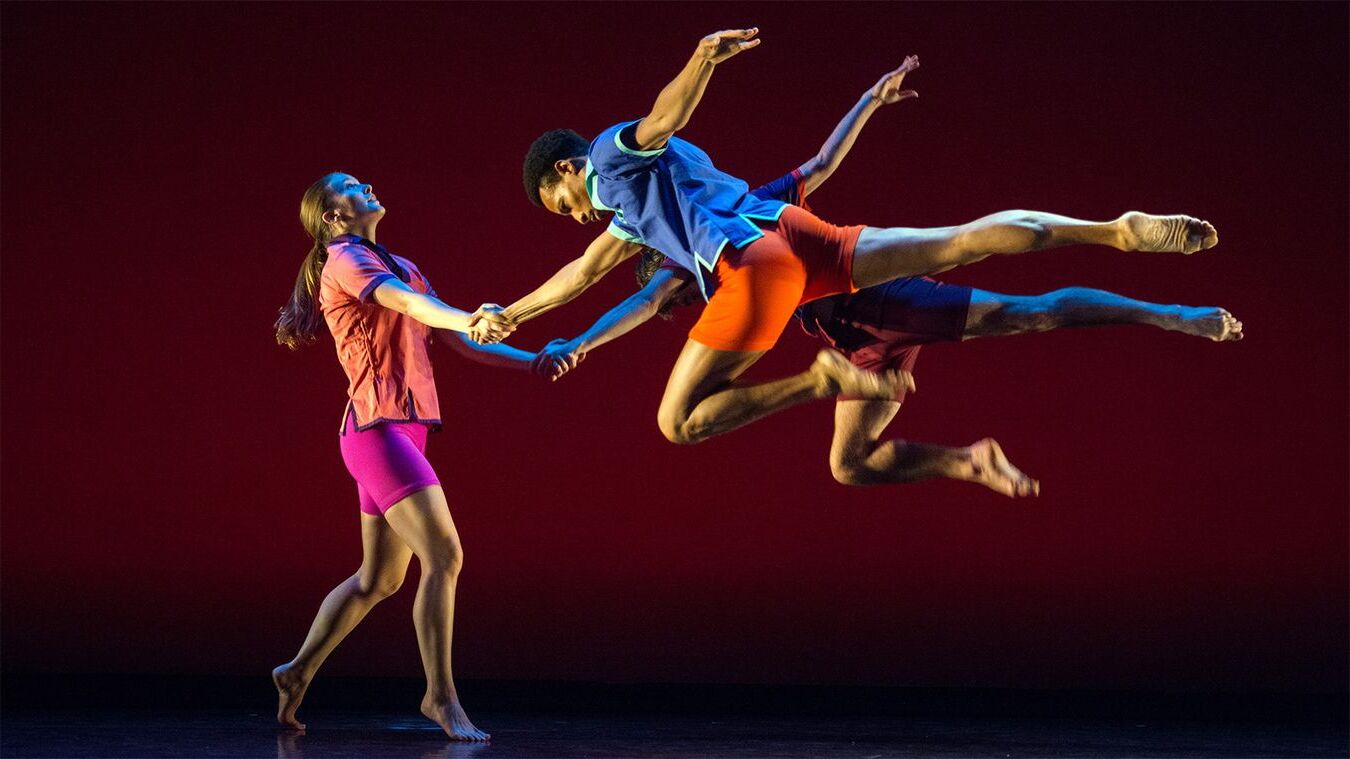
What was La Belle Époque? La Belle Époque, meaning "The Beautiful Era" in French, was a period of Western history that lasted from the late 19th century to the outbreak of World War I in 1914. This era is often remembered for its peace, prosperity, and cultural flourishing. Why is it significant? It marked a time of great advancements in art, literature, and technology. Who were some key figures? Famous personalities like Claude Monet, Henri de Toulouse-Lautrec, and Sarah Bernhardt left lasting legacies. What made it unique? The period saw the rise of the Parisian café culture, the birth of cinema, and the construction of iconic landmarks like the Eiffel Tower. Why should you care? Understanding La Belle Époque helps us appreciate the roots of modern culture and innovation.
Key Takeaways:
- La Belle Epoque was a time of optimism, peace, and cultural flourishing in Europe from the late 19th century to 1914, marked by advancements in art, technology, and society.
- The era saw the rise of Impressionism, technological progress, social changes, and influential figures, but came to an end with the outbreak of World War I in 1914, ending the optimism and peace of La Belle Epoque.
What Was La Belle Epoque?
La Belle Epoque, meaning "The Beautiful Era," was a period in European history marked by optimism, peace, and cultural flourishing. Spanning from the late 19th century to the outbreak of World War I in 1914, this era saw significant advancements in art, technology, and society.
-
La Belle Epoque began around 1871, following the end of the Franco-Prussian War, and lasted until 1914, just before World War I.
-
This period is often associated with France, particularly Paris, which became a cultural and artistic hub.
-
The Eiffel Tower, an iconic symbol of Paris, was completed in 1889 during La Belle Epoque.
Cultural Flourishing
Art, literature, and music thrived during La Belle Epoque. Many famous works and movements emerged, leaving a lasting impact on culture.
-
Impressionism, an art movement characterized by light and color, gained popularity during this time.
-
Artists like Claude Monet, Edgar Degas, and Pierre-Auguste Renoir were prominent figures of the Impressionist movement.
-
The Moulin Rouge, a famous cabaret in Paris, opened in 1889 and became a symbol of the vibrant nightlife.
Technological Advancements
La Belle Epoque was also a time of significant technological progress. Innovations in various fields transformed daily life and industry.
-
The first public screening of a film by the Lumière brothers took place in 1895, marking the birth of cinema.
-
The Paris Métro, an extensive underground railway system, opened in 1900, revolutionizing urban transportation.
-
The telephone, invented by Alexander Graham Bell in 1876, became more widespread, improving communication.
Social Changes
Society underwent notable changes during La Belle Epoque, with shifts in social norms and the rise of new movements.
-
The suffragette movement gained momentum, advocating for women's right to vote.
-
Education became more accessible, with many countries implementing compulsory schooling for children.
-
The labor movement grew, leading to better working conditions and the establishment of labor unions.
Fashion and Lifestyle
Fashion and lifestyle during La Belle Epoque reflected the era's elegance and sophistication. Clothing styles and social customs evolved significantly.
-
The S-bend corset, which emphasized an exaggerated hourglass figure, became popular among women.
-
Men's fashion included tailored suits, bowler hats, and walking sticks, reflecting a refined style.
-
Cafés and salons became popular gathering places for intellectuals, artists, and writers to discuss ideas and socialize.
Notable Personalities
Several influential figures emerged during La Belle Epoque, leaving a lasting legacy in their respective fields.
-
Marie Curie, a pioneering scientist, conducted groundbreaking research on radioactivity and won two Nobel Prizes.
-
Marcel Proust, a French writer, authored "In Search of Lost Time," one of the longest novels ever written.
-
Auguste Rodin, a renowned sculptor, created masterpieces like "The Thinker" and "The Kiss."
Architecture and Urban Development
Urban landscapes transformed during La Belle Epoque, with new architectural styles and city planning initiatives.
-
Art Nouveau, an architectural style characterized by intricate designs and organic forms, became popular.
-
The Paris Exposition Universelle of 1900 showcased architectural marvels and technological innovations from around the world.
-
The Grand Palais and Petit Palais, built for the 1900 Exposition, remain iconic landmarks in Paris.
Entertainment and Leisure
Entertainment and leisure activities flourished during La Belle Epoque, offering people new ways to enjoy their free time.
-
The first modern Olympic Games were held in Athens in 1896, reviving the ancient tradition.
-
The Tour de France, a prestigious cycling race, was first organized in 1903.
-
Theatres and opera houses, such as the Opéra Garnier in Paris, attracted audiences with spectacular performances.
Scientific Discoveries
Scientific discoveries during La Belle Epoque advanced knowledge and improved quality of life.
-
Wilhelm Röntgen discovered X-rays in 1895, revolutionizing medical diagnostics.
-
Sigmund Freud developed psychoanalysis, a groundbreaking approach to understanding the human mind.
-
Albert Einstein published his theory of special relativity in 1905, changing the field of physics.
Economic Growth
Economic prosperity characterized La Belle Epoque, with industrialization and trade driving growth.
-
The Second Industrial Revolution brought advancements in steel production, electricity, and machinery.
-
The Panama Canal, completed in 1914, facilitated global trade by connecting the Atlantic and Pacific Oceans.
-
Department stores, such as Le Bon Marché in Paris, revolutionized retail by offering a wide range of goods under one roof.
Political Landscape
The political landscape of La Belle Epoque was marked by stability and diplomatic efforts to maintain peace.
-
The Triple Entente, an alliance between France, Russia, and the United Kingdom, aimed to counterbalance the Triple Alliance of Germany, Austria-Hungary, and Italy.
-
The Hague Conventions of 1899 and 1907 established rules for warfare and sought to promote peaceful conflict resolution.
-
Universal male suffrage was introduced in many European countries, expanding democratic participation.
Literature and Philosophy
Literature and philosophy during La Belle Epoque explored new ideas and challenged traditional beliefs.
-
Symbolism, a literary movement emphasizing emotions and ideas over realism, gained prominence.
-
Writers like Oscar Wilde and Henrik Ibsen addressed social issues and questioned societal norms in their works.
-
Friedrich Nietzsche, a German philosopher, introduced concepts like the "Übermensch" and the "will to power," influencing modern thought.
End of an Era
La Belle Epoque came to an abrupt end with the outbreak of World War I in 1914, marking a significant shift in global history.
- The assassination of Archduke Franz Ferdinand of Austria in 1914 triggered a chain of events leading to the war, ending the optimism and peace of La Belle Epoque.
The Legacy of La Belle Epoque
La Belle Epoque, a period of cultural and artistic flourishing, left an indelible mark on history. This era, spanning from the late 19th century to World War I, saw advancements in technology, art, and society. Paris, the epicenter, became synonymous with innovation and creativity. Iconic landmarks like the Eiffel Tower and Moulin Rouge emerged, symbolizing the spirit of the age.
Artists like Monet and Renoir revolutionized painting, while composers like Debussy transformed music. The period also witnessed significant social changes, including women's suffrage movements gaining momentum. Fashion evolved, with haute couture becoming a symbol of elegance.
La Belle Epoque's influence persists today, reminding us of a time when optimism and progress seemed boundless. Its legacy continues to inspire, offering a glimpse into a world where art and culture thrived, shaping the modern era.
Frequently Asked Questions
Was this page helpful?
Our commitment to delivering trustworthy and engaging content is at the heart of what we do. Each fact on our site is contributed by real users like you, bringing a wealth of diverse insights and information. To ensure the highest standards of accuracy and reliability, our dedicated editors meticulously review each submission. This process guarantees that the facts we share are not only fascinating but also credible. Trust in our commitment to quality and authenticity as you explore and learn with us.


